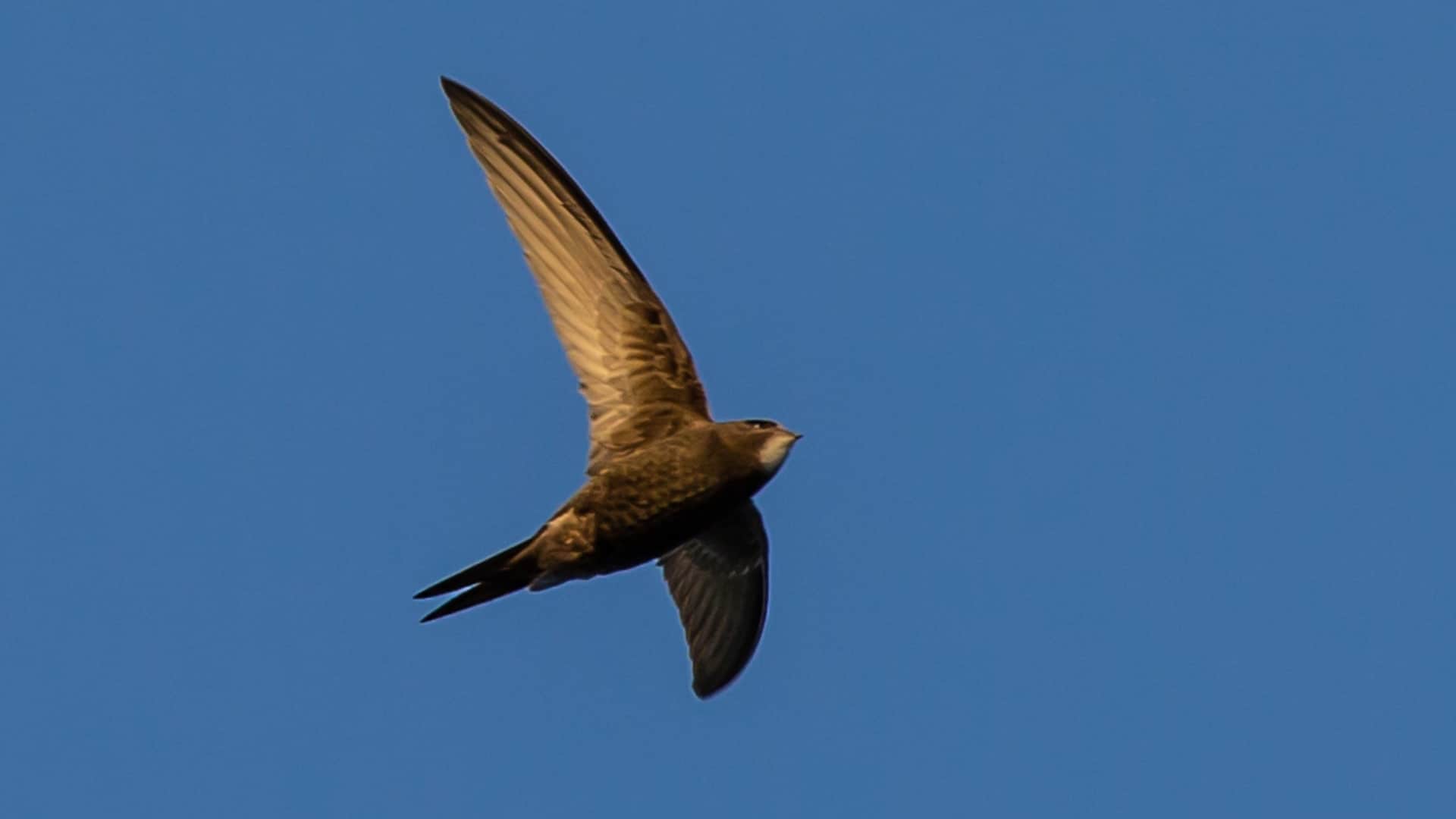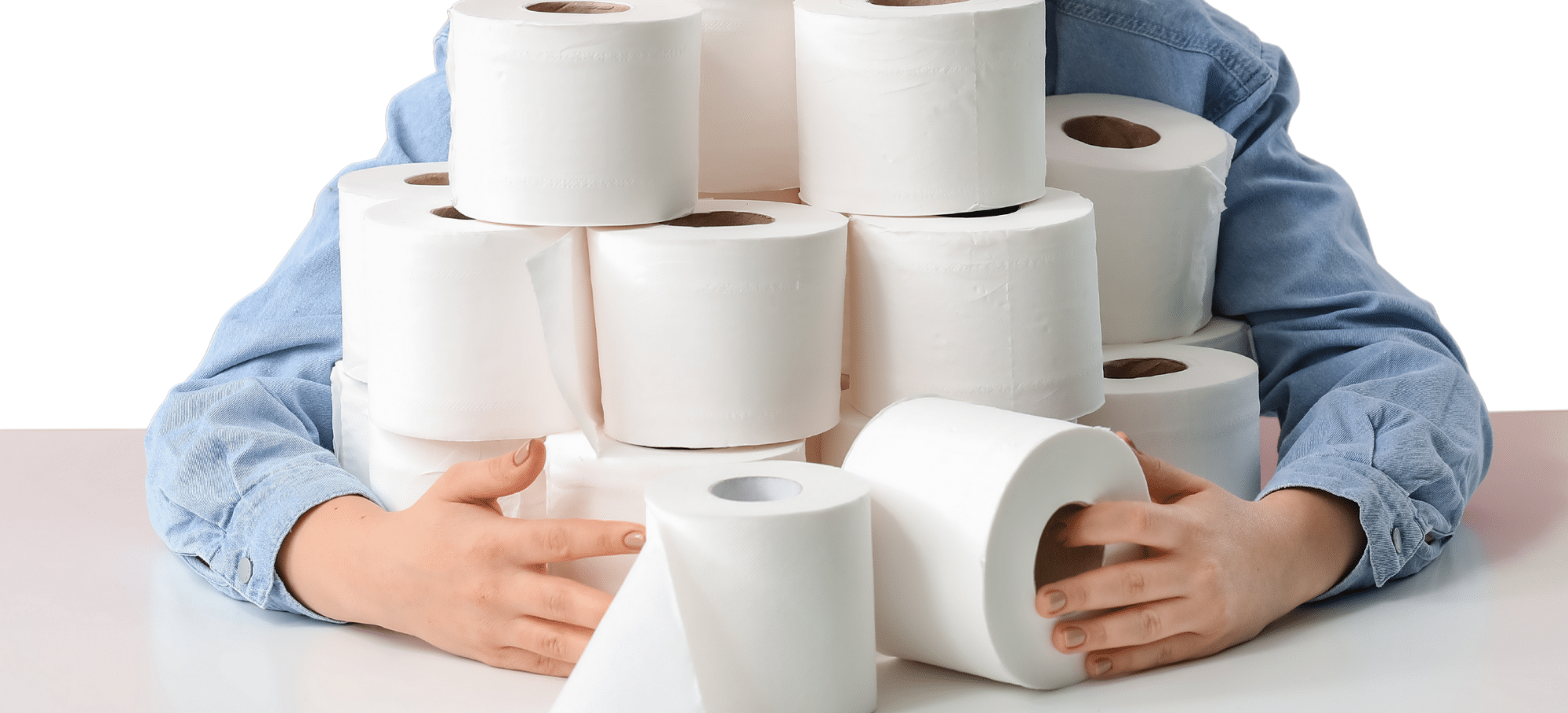For Immediate Release
Using a small bird’s nest-making process as a model, researchers from North Carolina State University have developed a nontoxic process for making cellulose gels. The freeze-thaw process is simple, cost-effective, and can create cellulose gels that are useful in a number of applications, including tunable gels for timed drug delivery. The process also works with bamboo and potentially other lignin-containing plant fibers.
Cellulose is a wonderful material for making hydrogels – which are used in applications ranging from contact lenses to wound care and drug delivery. But creating hydrogels from cellulose is tricky, and often the processes used to create the hydrogels are themselves toxic.
“Normally, you have to first dissolve the cellulose and then induce it to crosslink or form the structure of interest, which often requires the use of difficult to handle, unstable, or toxic solvents,” says Lucian Lucia, professor of forest biomaterials and chemistry at NC State and co-corresponding author of the work.
Enter the Swift family of birds – small birds who use their saliva to hold twigs in place when building their nests.
“My then Ph.D. student Zhen Zhang noted that when birds do this, the saliva acts like a natural resin that holds the nest together and encourages the fibers within the nest to interconnect or crosslink,” Lucia says. “Which is exactly what we want the dissolved cellulose to do when making hydrogels. So we asked ourselves, ‘what if we mimic the birds?’”
Zhang, currently a postdoc at Texas Tech University, is a co-corresponding author.
The researchers added a water soluble cellulose called carboxymethyl cellulose (CMC) to an acid solution and dissolved the CMC. Then they added powdered cellulose fiber to the solution and subjected it to four rounds of freezing and thawing. The result was cellulose gel.
“Think of it as adding a thickener to water, like you would a pie filling,” Lucia says. “By changing the pH of the CMC, the water essentially becomes sticky. Freezing and thawing the solution causes the cellulose to compact and interweave itself into the sticky network, giving you a more organized structure, just as Swifts do when they create their nests. Only we don’t have to use beaks and saliva to do it.”
Freeze drying the gels resulted in cellulose foam. The researchers repeated the process with bamboo fibers as well, which suggests that it could be useful with many other lignin and cellulose containing fibers.
“The cellulose gels are robust, stable at room temperature and can be tuned to degrade on a schedule, so would be useful in drug delivery applications, among others,” Lucia says. “This opens a promising new window for using biomimicry to process these insoluble cellulosic materials in a greener way.”
The work appears in Advanced Composites and Hybrid Materials. Noureddine Abidi of Texas Tech University is a co-corresponding author of the work.
-peake-
Note to editors: An abstract follows.
“A ‘bird nest’ bioinspired strategy deployed for inducing cellulose gelation without concomitant dissolution”
DOI: 10.1007/s42114-023-00745-x
Authors: Zhen Zhang, North Carolina State University and Texas Tech University; Noureddine Abidi, Texas Tech University; Lucian A. Lucia, North Carolina State University; Siyi Yu, University of New Mexico, Albuquerque
Published: Sept. 29, 2023 in Advanced Composites and Hybrid Materials
Abstract:
Albeit the abundance, renewability, and biodegradability of the polymer known as cellulose, the insolubility and poor dispersibility in most common organic solvents make it incredibly difficult to facilitate conversion into hydrogels without concomitant dissolution. It is known that Swift family birds construct strong and sturdy nests with saliva that acts to bind fibers and twigs. Inspired by this charming hierarchical architecture, protonated carboxymethyl cellulose and cellulose were exploited as “saliva” and “twigs,” respectively, and by a combination of freeze–thaw treatments, cellulose hydrogels can be successfully induced without pre-dissolution representing a striking advancement over what is currently known or predicted. The gel materials displayed considerable increases in storage modulus, viscoelastic behaviors, and thermal stability as the cellulose content increases and exhibited unique omniphilic behaviors. Moreover, this bioinspired strategy is much more universal than originally surmised as found by the gelation of bamboo fibers (additionally containing lignin and hemicellulose), illustrative of the versatility. As a bio-inspired strategy, the current work is the first report on a straightforward, simple, green, yet effective gelation protocol to prepare cellulose-based soft materials.
- Categories:



